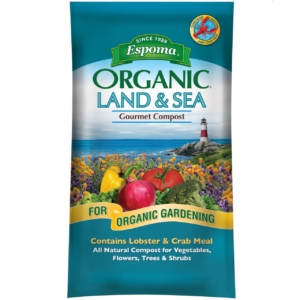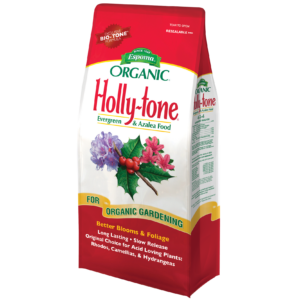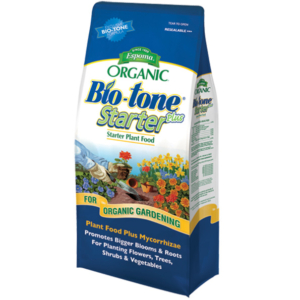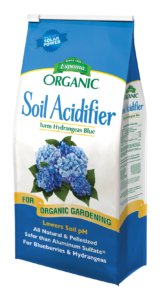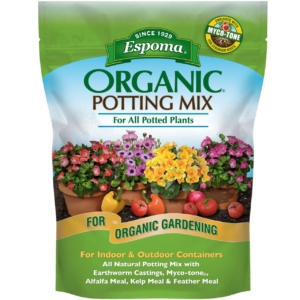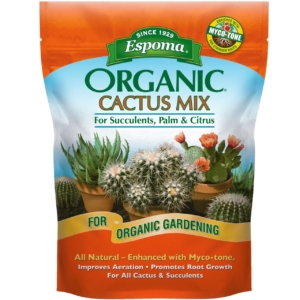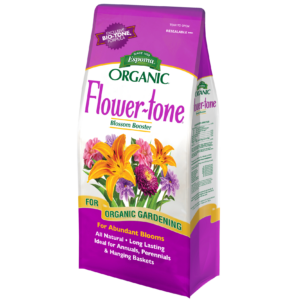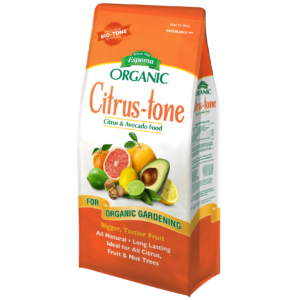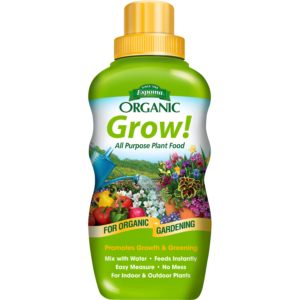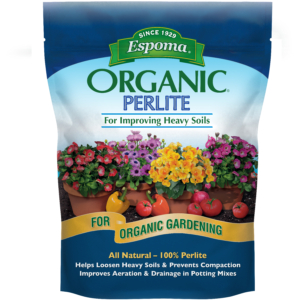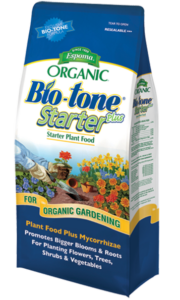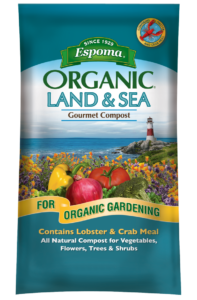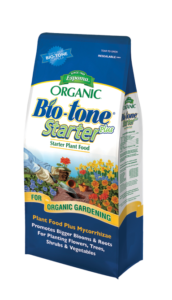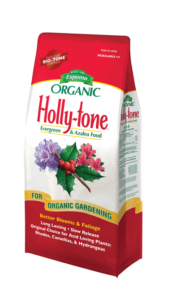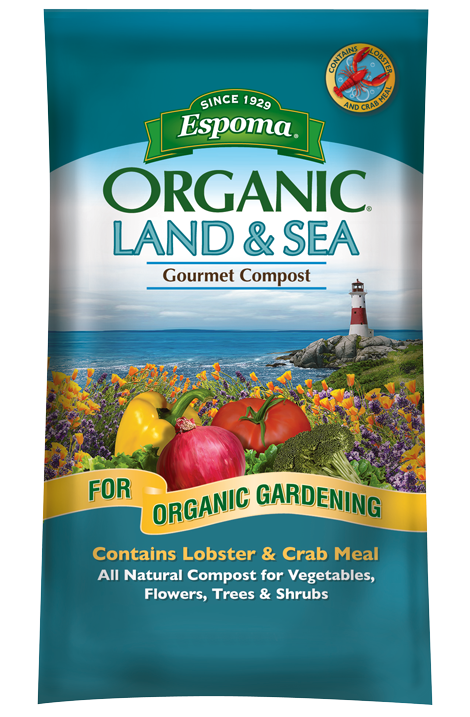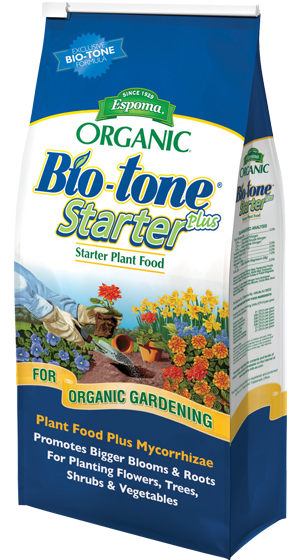VIDEO: Planting Spruce Trees! ?with Wyse Guide!
Join Kaleb Wyse from @WyseGuide as he takes you through his step-by-step process of properly planting spruce trees. In this video, Kaleb plants three large, balled, and burlapped trees. He uses Espoma Organic Bio-tone Starter Plus to stimulate the roots and Espoma Organic Holly-tone to provide essential nutrients for successful establishment. Additionally, Kaleb adds Espoma Organic Land & Sea Compost to enrich and loosen the native soil, aiding the tree’s ability to acclimate and thrive.
Learn more about Wyse Guide here:
? YouTube: www.youtube.com/@WyseGuide
? Facebook: https://www.facebook.com/WyseGuide/
? Instagram: https://www.instagram.com/WyseGuide/
? Website: https://www.wyseguide.com/
Featured Products:

